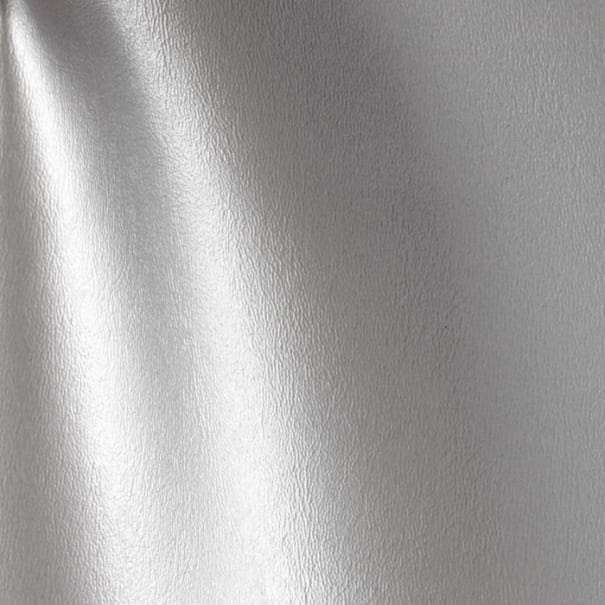Had it ever happened to you? You spent weeks trying to find that perfect tile for your bathroom floor to match your wall tiles. You shopped all venues in the city and browsed through dozens online stores. Finally, you chose amazing tiles that are one hundred percent what you want it to be.
So you’ve just got the gorgeous decoration delivered to your place, only to discover an inscription that reads “Wall tiles”. Wall? But, surely, you were shopping for the floor tiles.
Unfortunately, it happens every now and then. People shop for the floor tiles but, overwhelmed by the variety of choice, often end up buying the wall tiles. So the question is: can you use wall tiles on the floor?
The quick answer is No. You should never use wall tiles on the floor. Let’s see why exactly.
WHAT’S THE DIFFERENCE BETWEEN THE FLOOR TILES AND THE WALL TILES?
To most of us, it seems there’s not much difference at all. After all, a tile is a tile. In a way, it’s true. Technically speaking, tiles are not produced marked as ‘wall’ or ‘floor’.
However, they do have one particular classification created to describe what they can be used for: durability and strength. It is exactly these metrics that define proper tiles for wall/floor design and is it okay to use wall tiles on the floor.
The biggest difference between a floor and a wall tile is that the former is stronger than the latter. No one is expected to walk on the wall, right? For that reason, wall tiles are more fragile, lightweight and delicate than the floor ones. And so it’s ok to use floor tiles for walls but it’s never ok to use wall tiles on the floor.
Wall tiles are usually softer and less long-lasting that the floor ones. If you use them for the floor tiling, they will not live up to your expectations. You will soon find yourself in need of the new floor tiles.

HOW TO TELL WHICH TILE IS FOR THE WALLS AND THE FLOORS?
Unless you are a designer and have a good eye, it’s hard to tell the difference between the two and what the wall tiles on the floor will look like. For this reason, you can use the classification developed by the Porcelain Enamel Institute (PEI). According to this classification, tiles vary from Class 1 (walls only, no foot traffic) to Class 5 (heavy foot traffic, commercial use).
The PEI classification is an ultimate authority when it comes to the question is it okay to use wall tiles on the floor. Before finalizing your purchase, take a look at the specification sheet to check out the tile classification. If it’s for the walls (and you intend to buy floor tiles), don’t waste your renovation budget.
Another metric that’s really important to take into account when shopping for the tiles is COF rating. Each type or porcelain or ceramic tile has its COF rating. COF, or Coefficient of Friction, indicates how much friction the tile can provide. For example, floor tiles must have the minimum required level of friction to be safe for walking. The higher the COF, the more suitable the tile is for the floor. By the same token, COF isn’t important for the wall tiles since there’ll be no friction on the wall.
If the tile has a COF rating of 0.5 or more, it can be used for the floors. Exterior designs such as paver tile require COF of no less than 0.6.
Lastly, an important metric to take into account is the water-absorption rating. As its name suggests, this indicator helps to understand how the tile will react to the interaction with water. Obviously, this metric is essential for tiles used in the bathroom area or outside.
Basically, there are four grades in this rating:- non-vitreous – is not to be used outdoors or in wet areas;
- semi-vitreous – to be used in dry indoor areas;
- vitreous – to be used in the areas with lots of moisture;
- impervious – tiles within this category have practically zero water absorption and so can be used both outdoors and in the areas with plenty of moisture.
Based on these three ratings, you can draw a conclusion that the wall tiles on the floor is not the best idea both from the safety and design standpoints.
WRONG TILES CAN EVEN BE DANGEROUS TO YOUR HEALTH
Even if you decided to use wall tiles on the floor, you have to be careful. Wall tiles are smooth and slippery. Imagine having them in your bathroom where lots of water can be spilled. Maybe it’s not worth experimenting after all.
SMALL TILES LOOK BETTER ON WALLS AND VICE VERSA
Designers recommend that it’s better to use the wall and floor tiles properly. Wall tiles on the floor will raise all sorts of questions. Floor tiles are usually larger, ranging from 12" square to 18" (sometimes more). On the contrary, wall tiles are smaller and more delicate. This is due to the fact that they are more noticeable in a room. Besides, it’s easier to install tiles in a vertical position like when you need to decorate the wall if they’re smaller. Try visualizing those large floor tiles on the wall: it’s going to look tasteless and overwhelming.

WANT SOME EXOTIC MATERIALS? AIM AT WALL TILES, NOT FLOOR ONES
If you’re looking to decorate your home with some unusual materials, wall tiles will be a perfect choice. It’s beautiful and classy; remember, though, that you should only use exotic tile materials only for the walls and never for the floors.
Exotic tiles are usually quite fragile; using them on the floor isn’t smart. Materials like glass, tin, leather, honed natural stone or stainless steel look beautiful but they are also quite expensive too. So you wouldn’t like to spend your renovation budget on buying the wrong decorations for each location.
There you go – all you need to know about which tiles to use for your walls and floors and can you use wall tiles on the floor. Happy decorating!


























